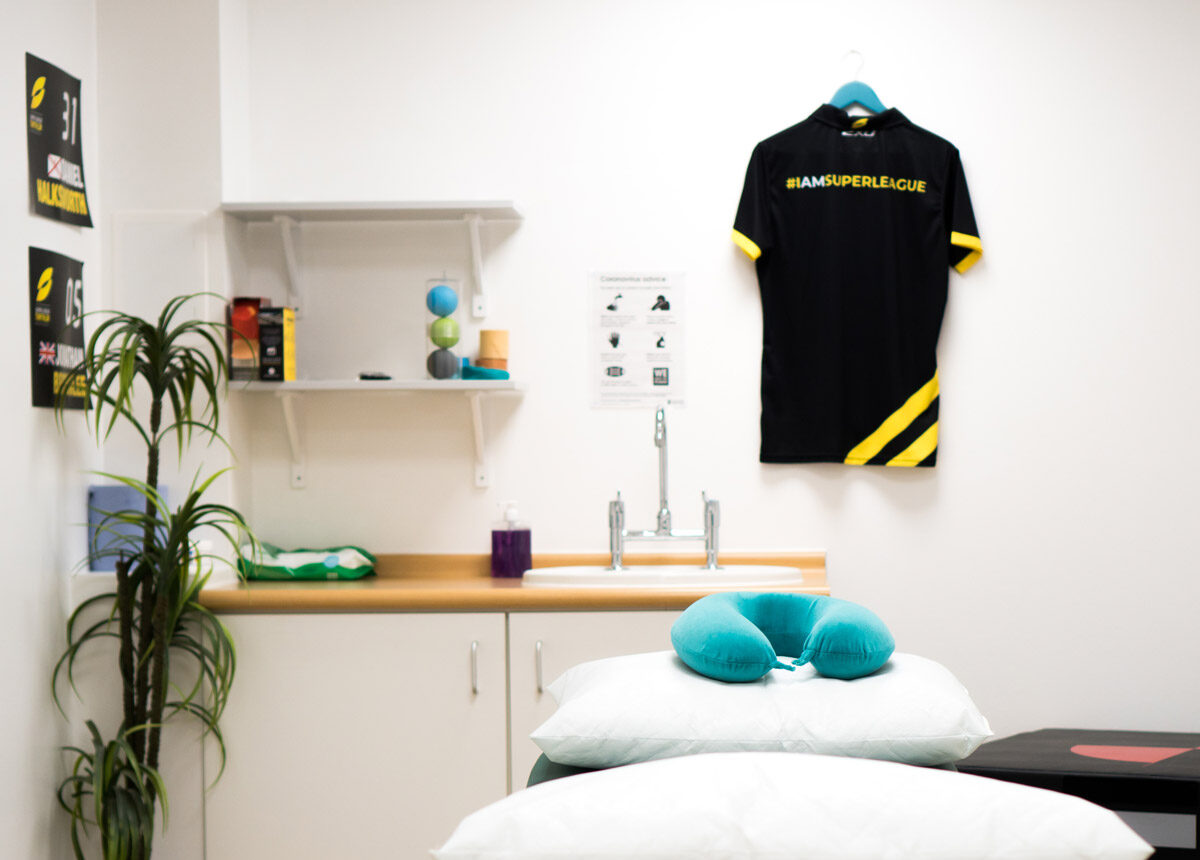Booking your first physiotherapy appointment can be daunting. Laura Cattell, Director and Clinical Lead Physiotherapist explains why physiotherapy has been proven to help people of all ages with the pain relief, healing and rehabilitation of most medical and surgical conditions.
Physiotherapy gets results
In most appropriate cases, including problems affecting the bones, joints and soft tissue, the brain or nervous system, the heart and circulation and the lungs and breathing, Physiotherapy is very effective. Research suggests that physiotherapy significantly improves rehabilitation and recovery and helps prevent further injury https://www.csp.org.uk/careers-jobs/what-physiotherapy
The amount of treatment required will vary from person to person, but most people see improvements within five sessions.
Physiotherapy is Effective
Your Physiotherapist will explain what to expect during and after the treatment and will give you guidelines regarding normal reactions. If you have any concerns, you should speak to your Physiotherapy Jolien Borrenberghs or Laura Cattell immediately.
Physiotherapy takes a team approach
You’ll be part of the process every step of the way. There’s no one-size-fits-all approach.
Your Physiotherapist will provide with a rehabilitation journey which is tailored to you and your needs, this could be a exercise programme, manual therapy or a combination of treatments Physiotherapy Jersey
Physiotherapy is empowering
It allows you to be active in your treatment — by doing the exercises and actions as prescribed, you should start to see progress and find yourself more able to lead an active life.
Your Physiotherapist will educate and advise you on how to avoid irritating the problem in future, so you avoid further injury.
Physiotherapy provides a 360 Degree Approach
It involves looking at the person as a whole. It is usual for individuals to have anxieties and worries about their injury or problem.
The Physiotherapists at https://freedomphysiowellness.je/staff_members/ are specially trained to understand your individual needs, preferences, and fears. They will guide you toward recovery through the best route for you.
Exercises to support recovery
Once you’ve seen a Physiotherapist, you can begin to increase your activity. In almost all circumstances, gentle movement will be beneficial and complementary to your treatment, promoting tissue healing, easing pain and supporting recovery. Choose low-impact and low-intensity exercise and move at your own pace with the support of an expert.
Walking
Getting your steps in is an excellent way to get the muscles moving and kick the cardiovascular system into action. Walking outdoors on an uneven surface is excellent for your core, but if this is too difficult or impactful on your joints, try a cross-trainer at the gym https://movemore.je/activity/walk/
Swimming
Swimming is a full body exercise that gets your muscles working and improves cardiovascular fitness. Even if you can’t swim, pool-walking against the resistance of the water is a great low impact workout.
Weight training
Weight training (or resistance training) under the guidance of Shannel Hutchinson can promote healing in muscles, ligaments and tendons while keeping the joints moving. Always seek supervision and advice from a professional.
Pilates
Pilates can be useful for flexibility, strength-building, pain relief and relaxation. Be sure to explain your condition to your instructor at the beginning of the class so they can modify exercises to suit you https://www.pilates-therapy.com/appi-australia
Written by Laura Cattell
Published on 22nd January 2024




